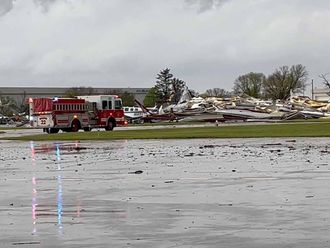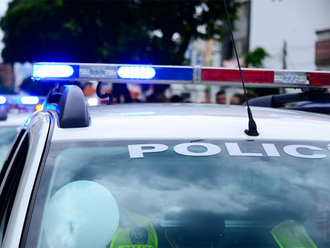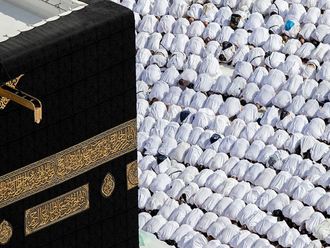San Diego: Defence Secretary Ash Carter on Wednesday said the US. Navy would buy more high-end submarines, destroyers, fighter jets and unmanned underwater vehicles in coming years, using $8 billion saved by scaling back orders for smaller, less capable Littoral Combat Ships.
Carter said the Pentagon’s five-year budget plan also included $2.9 billion to modify Raytheon Co’s new SM-6 missiles for use as powerful anti-ship weapons and buy 625 more of the weapons, which are now used for missile defence.
In fiscal 2017, the Navy would spend $587 million to buy 125 SM-6 missiles, according to a senior defence official.
Secret testing last month had proven the Navy’s ability to use the new Raytheon missiles as offensive anti-ship weapons, Carter told sailors at the Navy’s massive San Diego base.
The move will dramatically bolster the military capabilities of the US warships that carry them at a time when China and other countries are rapidly developing anti-ship weapons.
Carter embarked on a three-day tour of US military bases on Tuesday after providing a preview of the Obama administration’s $582.7 billion fiscal 2017 defence budget ahead of the formal roll-out next week.
The Pentagon’s budget reshapes spending priorities to reflect a new strategic environment marked by a return to greater power competition from Russia and China, and other threats such as Iran, North Korea and Islamic States.
Carter said the Pentagon’s five-year plan would fund nine Virginia-class submarines and 10 DDG-51 destroyers over the next five years. Both ships are built by Huntington Ingalls/sand General Dynamics Corp.
He said the Navy would also buy 13 more Lockheed Martin Corp
F-35 fighter jets than planned over the next five years — 10 for the Navy and three for the Marine Corps — as well as 16 more Boeing Co F/A-18E/F fighters.
It would also spend $600 million over the next five years to buy variable-size payload unmanned underwater vehicles.
Carter defended his plan to truncate orders of the two-model Littoral Ship program at 40 ships instead of 52, saying the current security environment demanded more sophisticated capabilities. Navy Secretary Ray Mabus had argued forcefully for the larger fleet of LCS ships, which are designed for surface and anti-submarine warfare, as well as minehunting missions.
US officials said the Navy would buy two LCS ships in fiscal 2017, with orders dropping to one a year in subsequent years. Lockheed and Australia’s Austal build two different models of the LCS ships.











